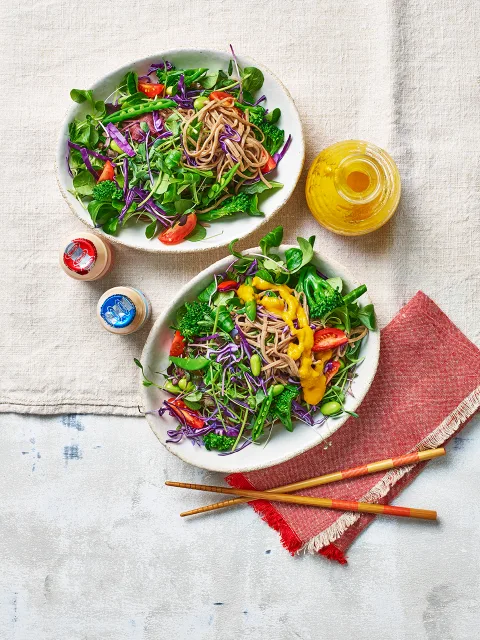
Gut feelings
Have you ever had butterflies in your stomach before a big interview, or that you have followed your gut feeling in connection with a difficult decision? Times like these are good examples of how your gut-brain axis comes into play, and how this scientific understanding of this relationship between the gut and the brain underpins old sayings. Relying on our gut can take us on big decisions based on what we feel and think.





